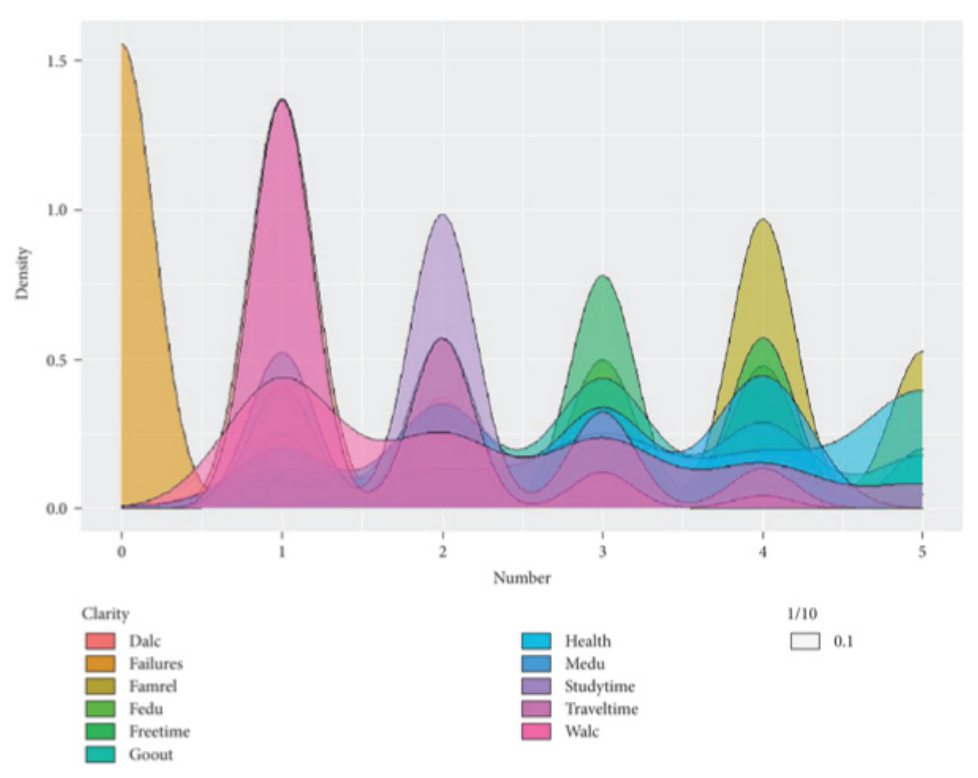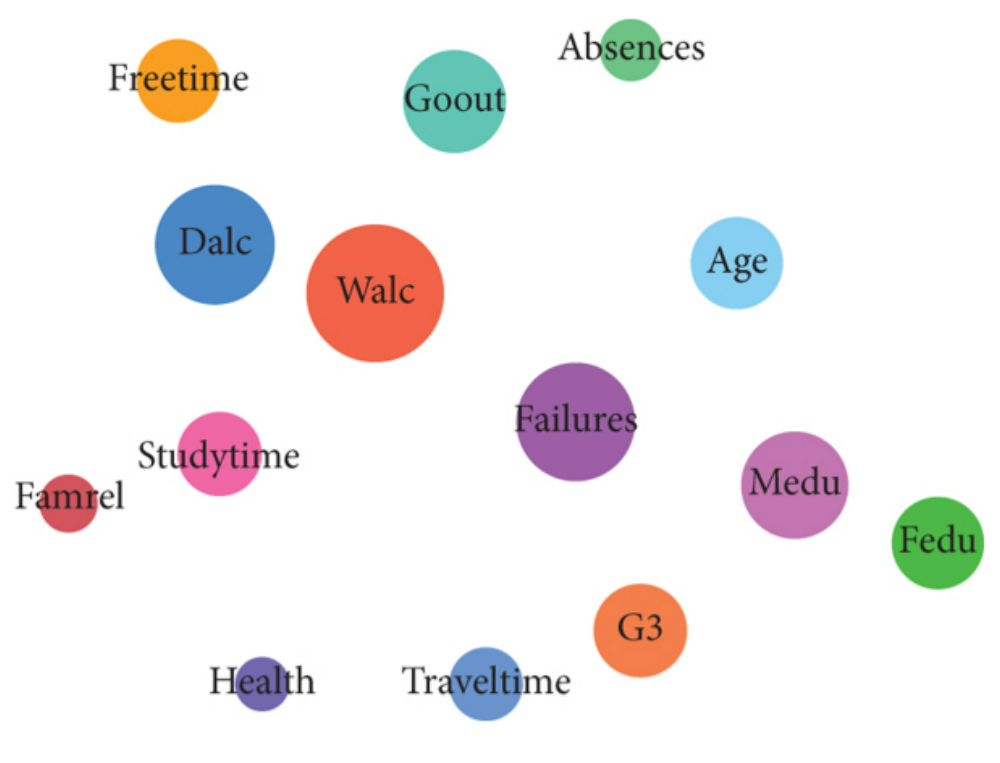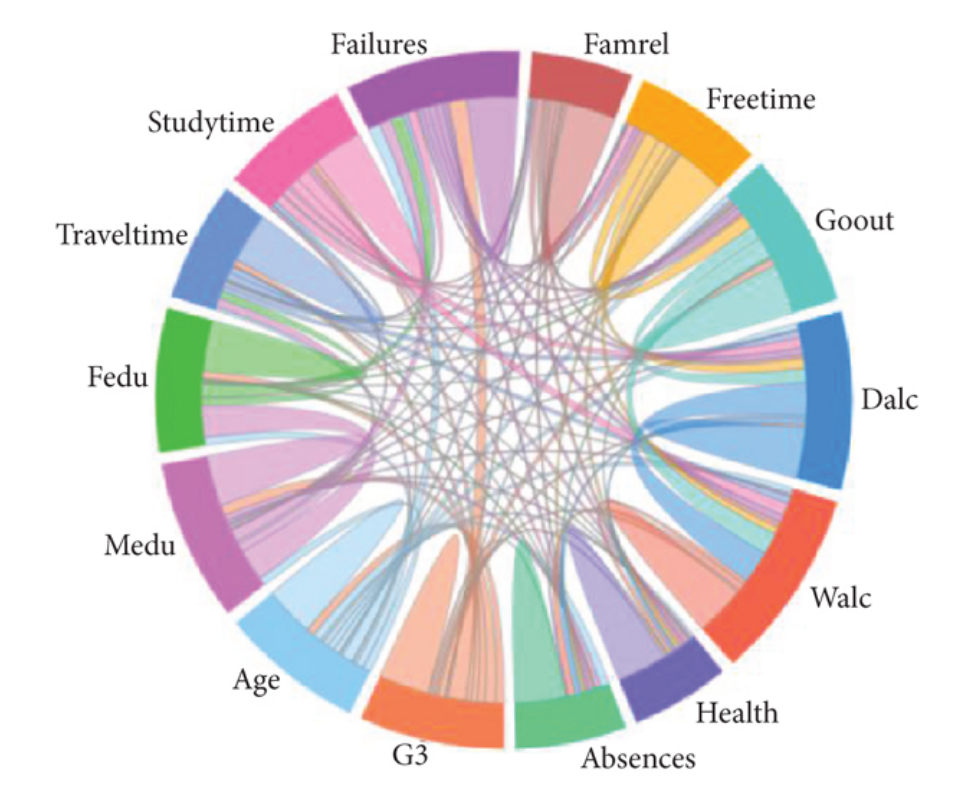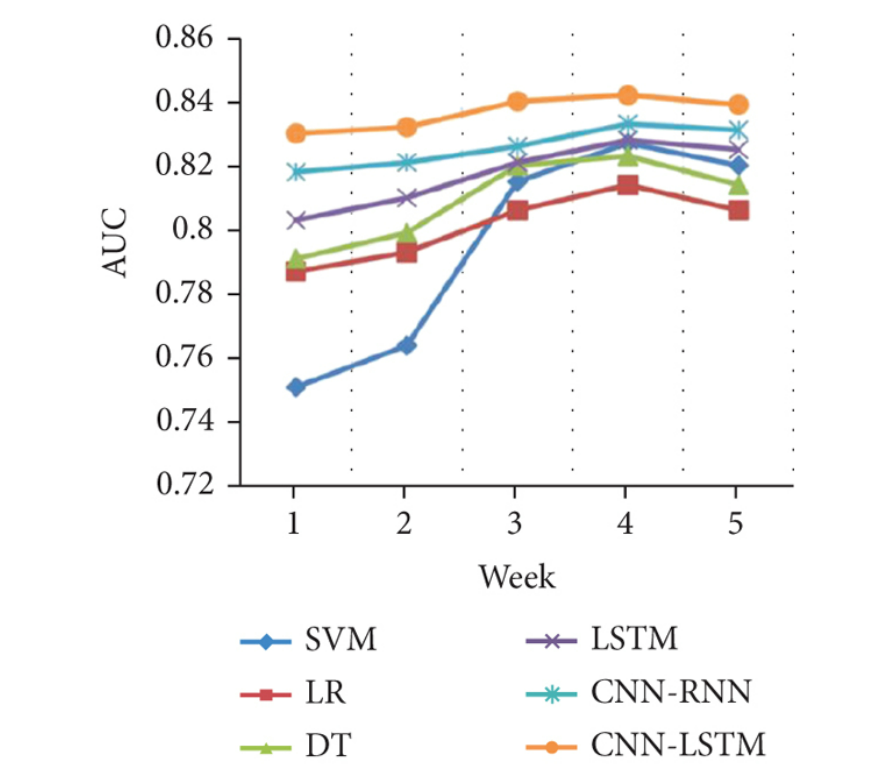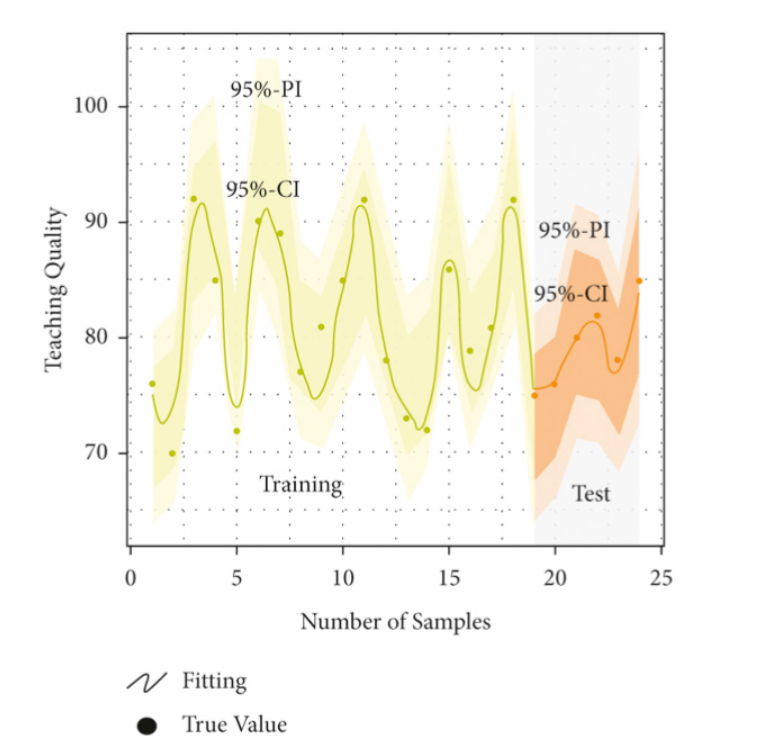 An open access journal
An open access journal
Universal Design for Learning (UDL) Principles: Creating Accessible Learning Environments
Abstract
Universal Design for Learning (UDL) principles have gained prominence in education for their role in creating accessible and inclusive learning environments. This paper explores the significance of UDL in education, emphasizing its role in catering to diverse learner needs, promoting accessibility, and enhancing the overall learning experience. It delves into the core principles and strategies of UDL, including multiple means of representation, engagement, and expression. The discussion includes the benefits of UDL in education, such as increased learner engagement, improved learning outcomes, and greater inclusivity for students with disabilities. Moreover, the paper addresses the challenges and considerations in implementing UDL in educational settings, including faculty training, curriculum design, and assessment practices. Through a review of empirical studies and case examples, the study highlights the positive outcomes associated with UDL, including enhanced student success, reduced achievement gaps, and improved retention rates. The conclusion offers recommendations for educators and institutions interested in adopting UDL principles, emphasizing the importance of a learner-centered approach and ongoing assessment to ensure the effectiveness of UDL implementation.
Share and Cite
Article Metrics
References
- Burgstahler, S., & Cory, R. (2008). Universal design in higher education: From principles to practice. Harvard Education Press.
- Edyburn, D. L. (2010). Would you recognize universal design for learning if you saw it? Ten propositions for new directions for the second decade of UDL. Learning Disability Quarterly, 33(1), 33-41.
- Hall, T. E., Meyer, A., & Rose, D. H. (2012). Universal Design for Learning in the Classroom: Practical Applications. Guilford Press.
- Meyer, A., Rose, D. H., & Gordon, D. (2014). Universal Design for Learning: Theory and Practice. CAST Professional Publishing.
- National Center on Universal Design for Learning. (2020). UDL Guidelines. Retrieved from http://udlguidelines.cast.org/
- Pisha, B., & Coyne, P. (2001). Smart from the start: The promise of universal design for learning. Remedial and Special Education, 22(4), 197-203.

